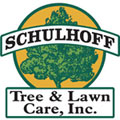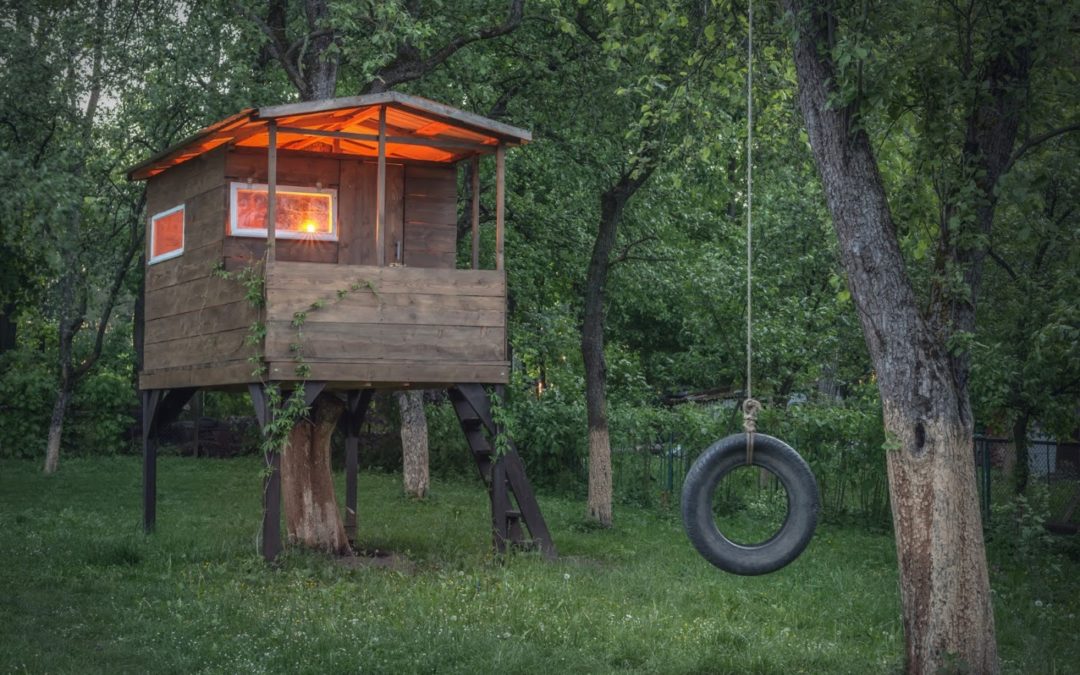Trees are more than decorative features. Trees provide a shady spot to gather, a setting for a cozy playhouse, and much-need oxygen for the ecosystem. People sometimes forget their trees are living, growing things, and can mistakenly cause damage. Here are some recommendations about how to hang a tree swing or use trees in other ways without causing harm.
Install a Swing
Damage from a tree swing can occur because the branch cannot support the weight of the swing. Bark removal occurs on the branch from the movement of the rope during the use of the swing. To reduce the risk of a broken branch, hang the swing from secure limbs with a diameter of at least eight inches.
Only install swings in mature, established trees that do not have any health issues. Check and replace the rope often to make certain it does not girdle the branch as it grows. Girdling is when something cuts into the entire circumference of a tree trunk or a limb. The girdling stop nutrients from reaching beyond the girdled area and causes the branch or tree to fail.
Reduce the risk of bark removal while using the swing by installing a rubber sleeve over the rope. It is possible to use eye bolts to attach the rope instead of encircling the limb, but this method has risks too. The area where the bolts attach to the tree is like an open wound on a person and potentially vulnerable to pests and disease until healed.
Add a Treehouse
The safety of a treehouse depends on the strength and health of the tree. Incorrect installation can cause a tree to suffer, and the homeowner could eventually lose a play area and a valuable tree. People need to understand the risks and how to avoid problems before they begin any building project.
Carving into the tree to create an area for the house can make the tree vulnerable when people remove too much bark and overexpose the interior. Design a house that fits into the shape of the tree to reduce the amount of limb removed.
Problems can also arise when people secure treehouses. Ropes, as mentioned with the swing, can cause girdling of the branches or the trunk. Bolts or screws cause wounds that will eventually heal over, but they do not heal the way a wound on a person or animal heals. Trees compartmentalize damaged areas to protect the rest of the tree.
Compartmentalizing is when a tree seals off a damaged area. The closed-off section no longer receives nutrients because the tree uses its resources to grow elsewhere. A cluster of damage in one spot, like a group of screws or nails in a small area, can cause a sizeable area of compartmentalizing that can fatally damage the tree.
Secure a Dog
The cables of a dog run and the bolts used to attach them can cause damage in the same way as the rope and screws mentioned above. Dog runs, however, can lead to even more damage. Dog urine has high pH levels, salts, and nitrogen. The problem becomes more severe if multiple dogs live in the home and relieve themselves in the same area.
Pet urine often causes brown spots in lawns, and the damage on a tree will eventually show too. The bark may come loose and leave the trunk exposed to the markings left by the dogs. Guards that cover the lower part of the trunk can help to prevent damage.
It is not always easy for homeowners to identify tree health problems. Contact a professional for an inspection and advice before beginning any project that relies on the strength and safety of a tree. At Schulhoff Tree & Lawn Care, Inc., we can inspect your tree for diseases or injury to make certain it is safe. Contact us to schedule an appointment.

